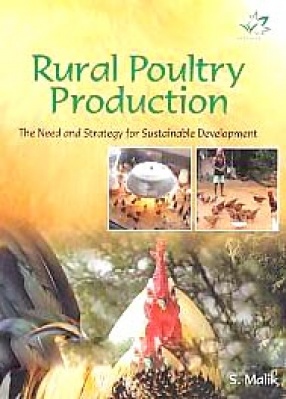The Earth’s thirsty and burgeoning human population is confronted today with the reality of an unchanging freshwater supply-a disparity that grows worse each year. Global water usages have increased six fold during the last century, and policymakers and politicians have met this increasing demand by building larger dams. Can these megadams solve chronic water shortages, poverty, and future food security? Proponents have argued that bigger dams are better; they increase irrigation opportunities, provide water to drought-prone areas, reduce flooding, and supply hydropower. However, opponents have found that the social costs of displacement due to dams are as dramatic as the ecological cost. Evidence from semi-arid regions of western India has shown that a more sustainable solution may be to build instead numerous check dams-small barriers using stones, cement, steel and concrete built across the direction of water flow on rivers to harvest rainwater. In this book, the author based on his research conducted at the NM Sadguru Water and Development Foundation introduces the pressing issues of water management in the drylands of India emphasizing sustainable development. This monograph highlights a variety of development issues involving water resources, lift irrigation, agriculture, floriculture, sanitation, renewable energy, and human ecology. Therefore this book should serve as an introductory, supplementary and reference text for sustainable development, natural resource management, ecology, water resource management, agriculture, renewable energy, and rural development courses in colleges, universities and other institutes of higher learning around the globe.
Sadguru Model of Rural Development: Pioneered by India’s Social Work Stalwarts
In my professional career as ...
$36.00
$40.00








There are no reviews yet.